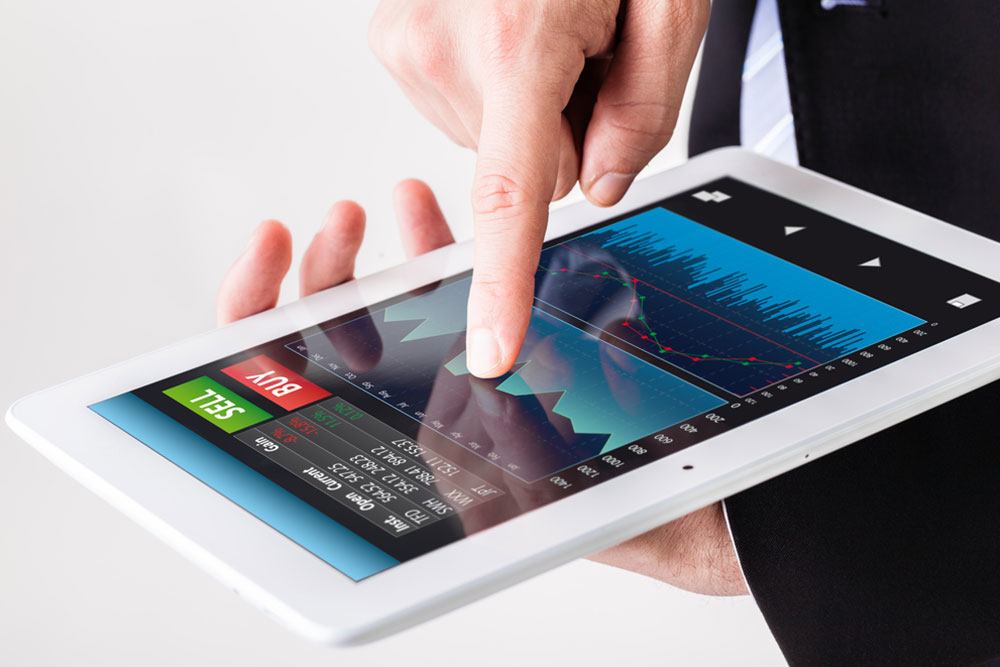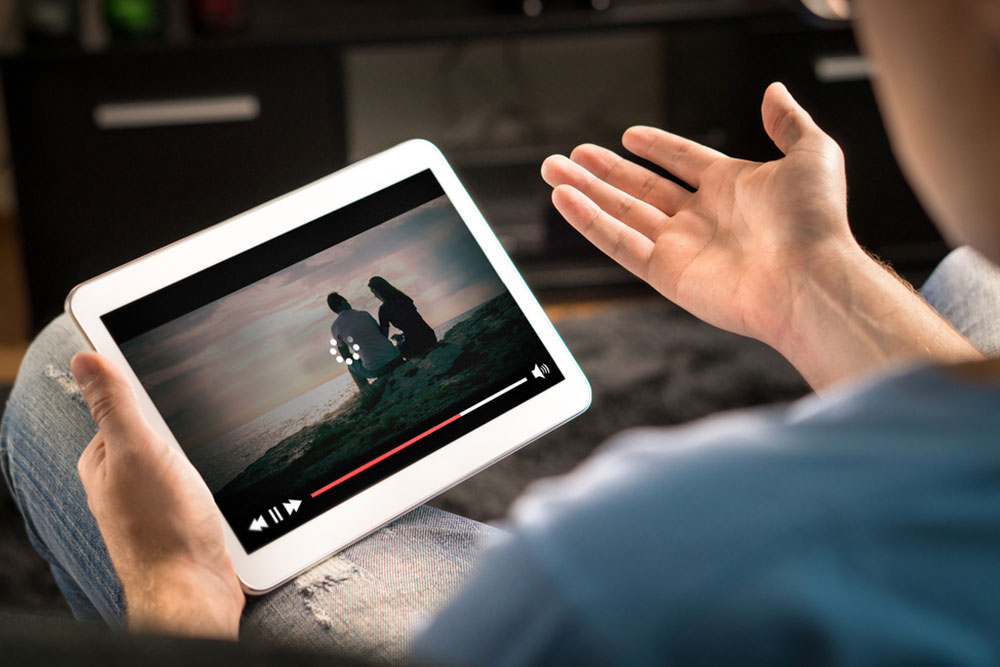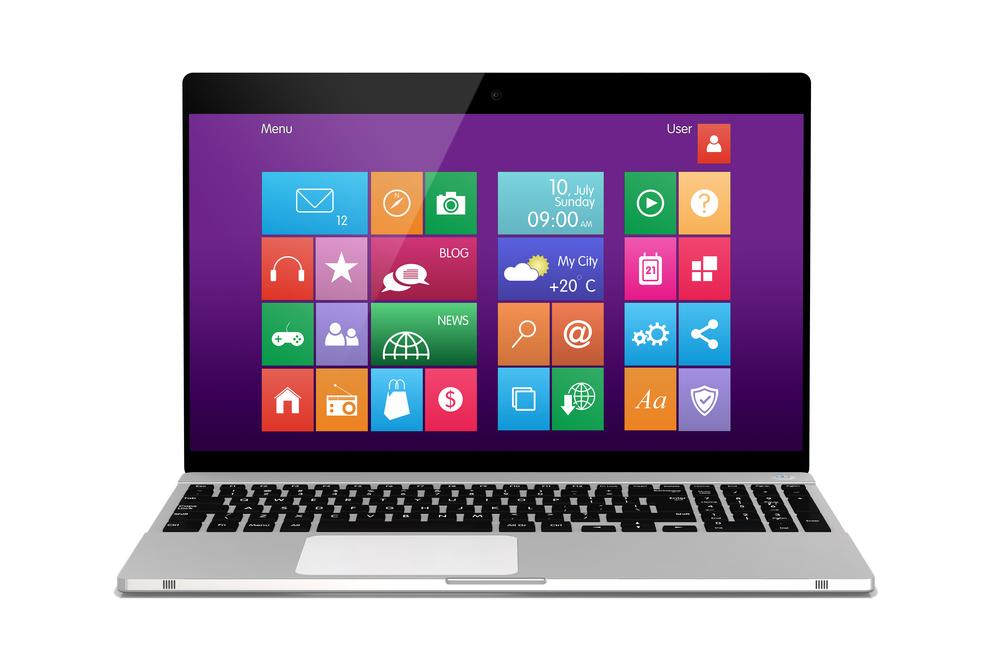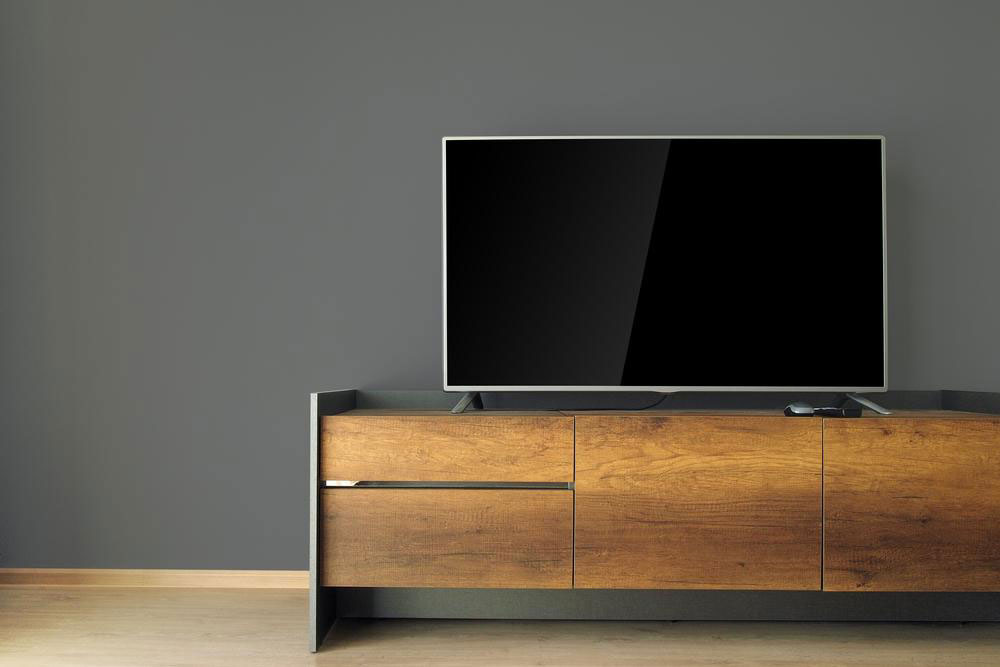Choosing Between Laptops, Tablets, and Desktop Computers: A Comprehensive Guide
This guide compares laptops, tablets, and desktop computers, highlighting their portability, performance, cost, and space requirements. It helps users make informed decisions based on their needs and budgets, emphasizing the strengths and limitations of each device type. Whether for work, entertainment, or multitasking, understanding these differences ensures optimal device selection for personal or professional use.

Comparing Laptops, Tablets, and Desktop PCs
Prior to the rise of portable devices like laptops, tablets, and smartphones, desktop computers were the primary option for various tasks. With technological progress, many prefer mobile gadgets for their convenience on the go.
However, desktop computers remain available and relevant alongside laptops and tablets. Here's a detailed comparison to help you evaluate the advantages and disadvantages of each device.
Laptops and tablets are portable, unlike desktop computers which are designed to stay stationary.
Despite their portability, even high-end desktops are not convenient to carry around and require dedicated space.
Tablets start faster than laptops and desktops, making them more efficient to boot up quickly.
If multitasking is a priority, desktops typically provide faster processors than laptops and tablets, with laptops outperforming tablets in speed.
Cost-wise, premium desktops tend to be more affordable than high-end laptops and tablets.
Laptops and tablets span various price points but generally cost more than desktops.
In terms of space, portable devices are advantageous, easily stored anywhere, whereas desktops need designated desk space.
Power supply is another consideration: desktops require consistent connection to an outlet, while tablets and laptops operate on rechargeable batteries.
Your specific needs and budget will influence your choice among these devices. Making an informed decision ensures you purchase the device best suited for your requirements.










